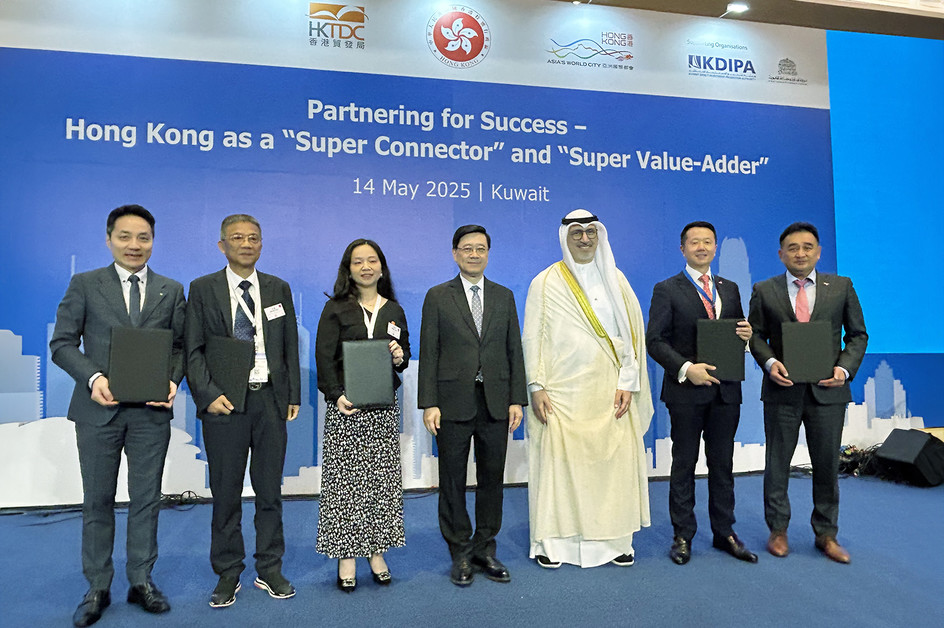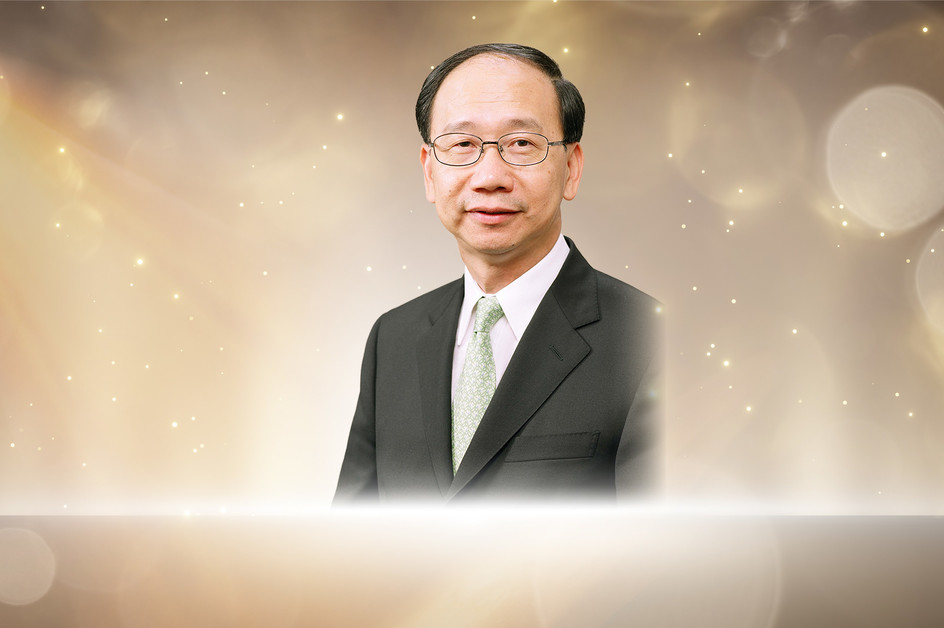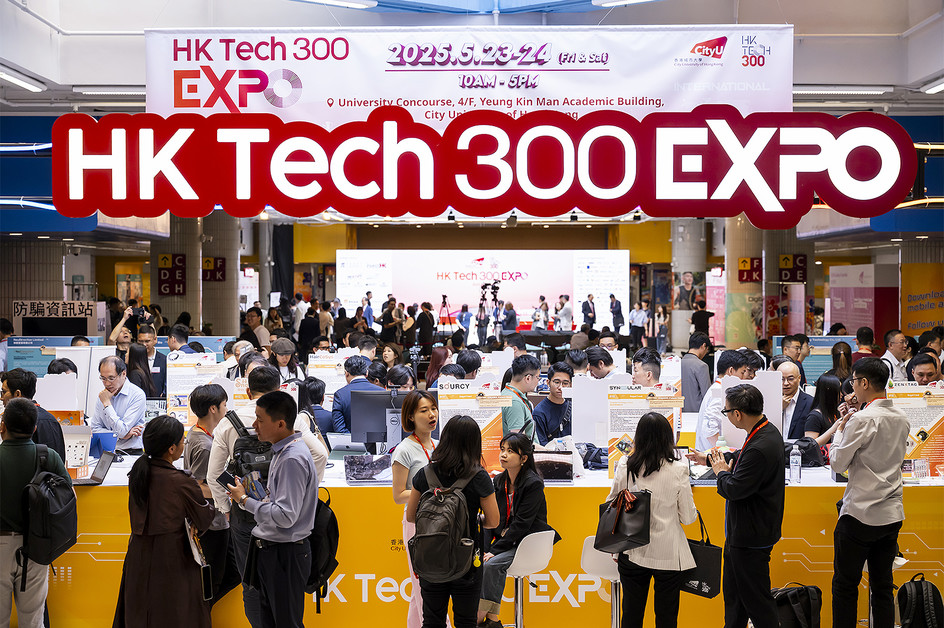
Understanding and treating disease using nanoscience was the featured topic of a lecture by Professor Sir Mark Welland of the Department of Engineering, University of Cambridge, on 13 May.
Sir Mark is the Deputy Vice-Chancellor, Special Adviser to the Vice-Chancellor on China, and Director of Research in Nanoscience at Cambridge. The recipient of several honorary fellowships and doctorates, he is a Fellow of several esteemed scientific societies and was knighted in 2011 for his contributions to science and engineering.
Sir Mark’s talk, part of the Distinguished Lecture Series organised by CityUHK’s Office of the Vice-President (Research), exemplifies the close interdisciplinary collaboration that has developed between CityUHK and Cambridge over the past 12 months.
In his talk, Sir Mark narrated how he started his career in the early 1980s working on nanotechnology at IBM Research Labs in North America where he helped to develop and apply scanning tunnelling microscope technology to problems related to semiconductor devices.
Over the course of his career, which had been related primarily to electronic devices, he became interested in trying to uncover ways to treat different human diseases using nanotechnology.
“It became clear that techniques such as modifying surface structures at the nano-scale could have an impact well beyond electronics and, perhaps importantly, in the life sciences,” Sir Mark said.
For example, his research has highlighted the tremendous advantages of nanotherapeutics, i.e., inserting tiny particles filled with a cargo of tailored drugs into a patient’s bloodstream to be carried to the target area in the body where the drugs are released with greater precision. This approach promises more targeted clinical treatment for diseases like cancer than current approaches, he said.
In addition to type II diabetes and Alzheimer’s, Sir Mark discussed a breakthrough in treatment for glioblastoma (GBM), one of the most aggressive brain cancers, as an example of the benefits of nanotherapeutics.
In one of his studies, Sir Mark and his team were able to kill off malignant GBM cells by smuggling a common chemotherapy drug called cisplatin via a gold nanoparticle inserted into the tumour. Sir Mark explained that the gold in the nanoparticles acts like magnets for radiation, boosting its effects by releasing energy in the form of the tiny particles coated with the cancer-killing drugs.
Essentially, this technique is like designing innovative wrapping for existing drugs using nanotechnology rather than creating experimental new medicines.
“This kind of nanotherapeutics research shows great promise for treating aggressive cancers like GBM and opens the door to new, more effective treatment strategies using specially designed nanoparticles,” Sir Mark said.
One of Sir Mark’s colleagues, and former PhD student, is Professor Tuomas Knowles, 1920 Professor of Physical Chemistry at the University of Cambridge, who will be a featured speaker at Digital Health Asia to be held in September at CityUHK in partnership with Times Higher Education.





